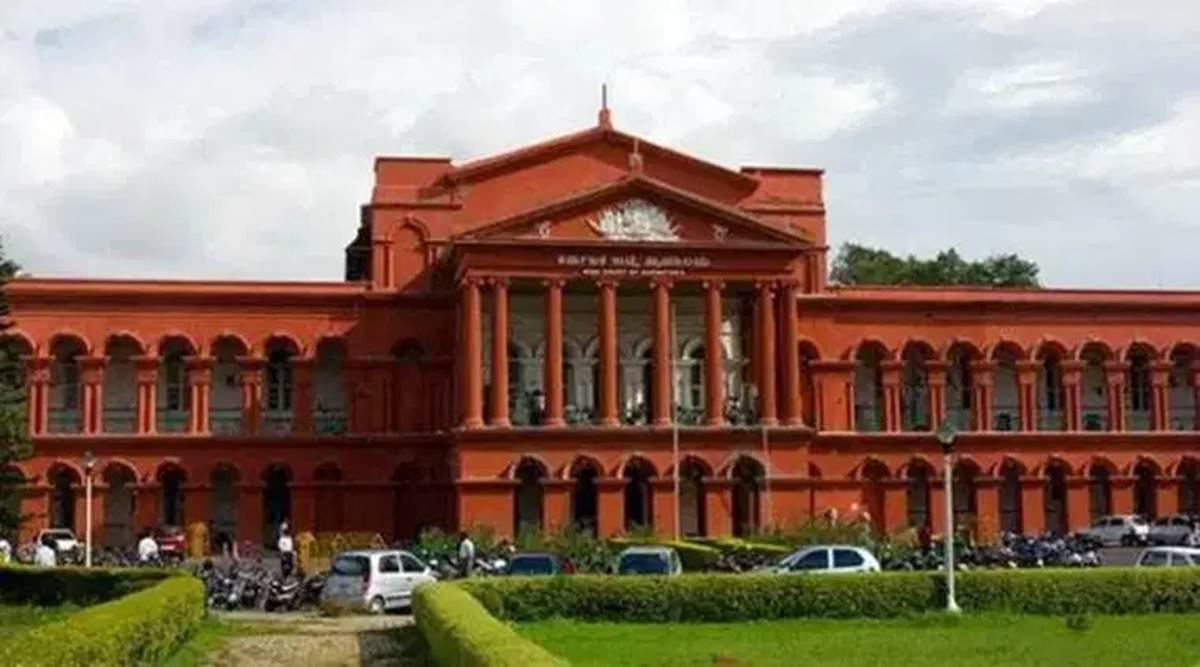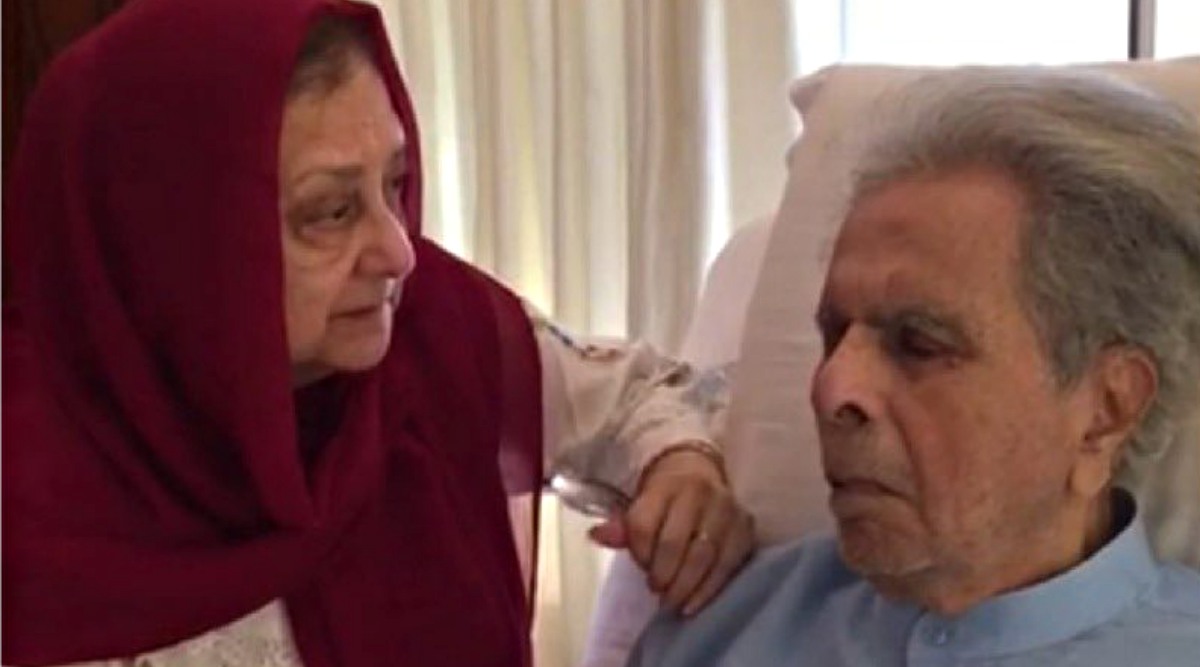
WARNING: This story accommodates particulars some readers could discover distressing.
Lucien Wabanonik was 12 when he was despatched to the residential faculty at Saint-Marc-de-Figuery, close to Amos, Que.
“I’ve seen loads of issues there and never superb issues, I’d say,” Wabanonik stated in an interview.
“Lots of people are nonetheless dwelling with these penalties. It is intergenerational penalties.”
Final month’s discovery of what are believed to be the stays of an estimated 215 kids on the website of a former residential faculty in Kamloops, B.C., has renewed questions on what could possibly be present in Quebec.
The ultimate report by the Reality and Reconciliation Fee in 2015 recognized 3,200 kids who died on account of residential colleges, together with 38 in Quebec. Indigenous leaders and different consultants say the true determine could possibly be far increased.
Now a band councillor for the Anishinabe Nation of Lac Simon, Wabanonik says there ought to “completely” be searches carried out on the location of the previous Catholic establishment within the Abitibi-Témiscamingue area.
The college operated from 1955-73, however is in the present day little greater than a subject of ruins.
Wabanonik says any actions have to be deliberate fastidiously, with an eye fixed to offering help to group members who’re survivors, or who could have misplaced family members to residential colleges.
“We have to put together them for that as a result of it may be a tough course of,” Wabanonik stated. “We have to be cautious what we do.”
Throughout the province, there have been six residential colleges, in addition to a number of day colleges and federal hostels.
In interviews this week, a number of First Nations leaders in Quebec stated they’re open to looking out the grounds of former residential colleges within the province.

However many careworn they wish to plan the following steps in session with their communities and amongst one another first.
Wabanonik stated the invention in Kamloops touched a painful nerve with many in his group nonetheless coping with the impression of residential colleges on their very own lives.
“We had been all scattered,” he stated. “Youngsters taken away with out their consent, the households had been damaged.”
‘We do hear the tales’
On the japanese shore of James Bay, the group of Chisasibi is establishing a committee to find out subsequent steps.
Cree Grand Chief Abel Bosum says session with different Cree communities remains to be wanted.
The residential faculty websites close to Chisasibi are on Fort George Island, the placement of the Cree group earlier than it moved in 1981 because of the James Bay hydroelectric growth.

“Lots of the kids who went to Fort George had been from different communities,” he stated. “We do hear the tales. We all know the tales.”
The Anglican establishment, known as St. Philip’s Indian Residential College, operated from 1933-75.
College students on the faculty lacked entry to meals and recent water given its distant location, in response to the Nationwide Centre for Reality and Reconciliation on the College of Manitoba, which paperwork the historical past of Canada’s residential colleges.
Fireplace ravaged the establishment in 1943. It was rebuilt, however “was in deplorable form and overcrowded” by the mid Fifties, in response to the centre.
It lists the names of 10 kids who died whereas attending the establishment within the Forties.
The opposite residential faculty on Fort George, run by the Catholic Church, which operated from 1937-81, has six recognized victims.
Few traces of the Fort George residential colleges stay, however survivors conduct an annual mourning ceremony on the island to honour those that had been misplaced, together with lacking kids, Bosum stated.
Discussions ongoing
Bosum himself attended the Anglican residential faculty at La Tuque, which operated from 1963-78, close to the Atikamekw communities of Wemotaci and Manawan and about 225 kilometres west of Quebec Metropolis.
The college was demolished in 2006, with busloads of former college students from Cree communities available to witness it.
Réjean Néquado, a spokesperson for Grand Chief of the Atikamekw Nation Fixed Awashish, stated though the location is closest to Atikamekw territory, many of the faculty’s college students had been Cree.
Néquado stated the Atikamekw are able to help households in searches, if that’s what’s requested.
The Nationwide Centre for Reality and Reconciliation lists one loss of life on the La Tuque residential faculty — Juliet Rabbitskin, who died in 1966.
In line with the testimony of fellow pupil Mary Coon-Come on the TRC, Rabbitskin died of an sickness, and the lady’s dad and mom weren’t invited to her burial.
“[There] had been solely 5 individuals there,” she stated.
Within the Lac-Saint-Jean area, Mashteuiatsh First Nation Chief Clifford Moar stated his group can also be contemplating what to do relating to the Pointe-Bleu residential faculty.
Moar stated he’s “very open to creating positive that analysis is finished for the sake of the households that misplaced kids and family members throughout that point.”
In Maliotenam, a First Nations group close to Sept-Îles, there are additionally ongoing discussions.
In line with council spokesperson, Jean-Claude Pinette-Therrien, Uashat-Maliotenam First Nation Chief Mike McKenzie says “every part might be carried out” to carry consolation to affected households and to have their questions answered.
Quebec’s Indigenous Affairs Minister Ian Lafrenière has stated he is open to working with First Nations to find out what comes subsequent. He stated earlier this week he hopes to announce one thing shortly.
Assist is obtainable for anybody affected by the consequences of residential colleges, and those that are triggered by the most recent reviews.
The Indian Residential College Survivors Society (IRSSS) could be contacted toll-free at 1-800-721-0066.
A nationwide Indian Residential College Disaster Line has been set as much as present help for former college students and people affected. Individuals can entry emotional and disaster referral companies by calling the 24-hour nationwide disaster line: 1-866-925-4419.









